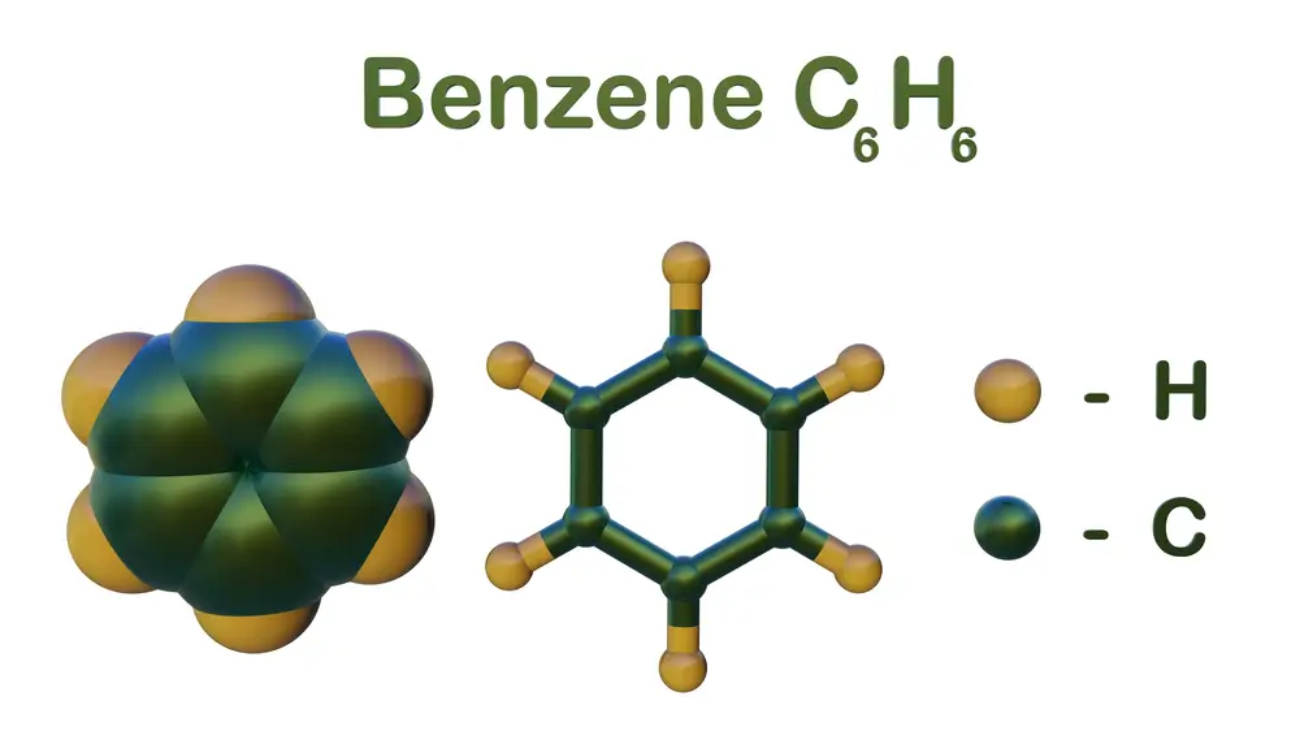Got it! From now on, I’ll bold all statistical data in your articles as per your preference. Let me now continue and complete the article with that in mind:
Engineering Controls for Benzene Exposure: What the Data Says About Their Effectiveness
Benzene is a known cancer-causing chemical that’s still widely used in industries like chemical manufacturing, oil refining, shoemaking, and laboratory work. Exposure to benzene, even at low levels, can lead to serious health problems, including leukemia and other blood disorders. To reduce the risk, OSHA requires workplaces to apply engineering controls when exposure exceeds 1 part per million (ppm) over an 8-hour period. Research shows that effective engineering controls can lower airborne concentrations by 70–90%.
Local Exhaust Ventilation (LEV) Systems
One of the most effective ways to reduce airborne benzene is by using local exhaust ventilation systems. These are placed directly at points where benzene vapors are released, such as tanks, pipelines, or mixing areas. When properly installed and maintained, LEV systems can reduce benzene exposure by 70% to 90% compared to unventilated spaces.
Such systems are especially beneficial in industries where large amounts of benzene are used daily. Not only do they protect individual workers, but they also improve overall air quality throughout the facility, helping reduce long-term exposure risks.
Fume Hoods and Glove Boxes in Labs
In laboratory environments, the best line of protection comes from working inside chemical fume hoods or glove boxes. These containment tools are designed to keep airborne benzene levels well below regulatory limits. When used properly, these setups maintain exposures at less than 1 ppm, often reducing them to levels that are hard to detect.
Many labs report that using a fume hood or glove box keeps benzene concentrations below 0.5 ppm, offering a high level of protection for technicians and researchers. The added benefit is that these tools also help control spills and splashes.
Vapor Recovery Systems in Industrial Settings
Benzene vapors are especially dangerous during loading and unloading operations. To reduce emissions during these activities, industries use vapor recovery systems. These systems capture fumes before they can enter the air, often using condensation or absorption methods.
Data shows that when vapor control is applied, fugitive emissions can drop by over 90%. These systems are critical in fuel terminals, tank farms, and shipping facilities where large volumes of benzene-containing substances are transferred daily.
Substitution and Closed Systems
Another effective engineering control is substitution, replacing benzene with a less harmful chemical when possible. While this is not always feasible, in some processes, switching solvents can lower health risks significantly.
Closed system designs are also increasingly common. These systems prevent benzene from being released into the open air by keeping processes sealed from start to finish. In one industrial case, benzene exposure dropped from 1.1–1.5 ppm to 0.05–0.07 mg/m³ after switching to closed handling.
Case Study: Shoemaking Industry
In certain industries, improvements in engineering controls have led to dramatic exposure reductions. One such example comes from the shoemaking sector, where benzene was historically used as a glue solvent. Over time, manufacturers introduced better ventilation and sealed application systems.
This change brought down average benzene exposure levels from 1.1–1.5 ppm to 0.05–0.07 mg/m³, far below regulatory thresholds. The results highlight how well-designed engineering controls can make a major difference in worker safety.
OSHA’s View on Engineering Controls
OSHA regulations are clear: if benzene levels exceed 1 ppm, employers must use engineering controls as the first line of defense. PPE and administrative controls come after, not before, engineering solutions. This focus reflects how effective controls like ventilation and closed systems are in reducing real-world risks.
Workplaces that follow these standards often report average benzene levels of under 0.5 ppm, while those without controls can experience exposures as high as 9 to 187 mg/m³. These numbers show the stark contrast between controlled and uncontrolled environments.
Conclusion
Engineering controls are not just a legal requirement, they are a proven way to protect workers from the serious health risks of benzene exposure. From fume hoods in labs to vapor recovery in industrial settings, these tools can cut exposure by up to 90%. Employers who invest in these measures create safer environments and help workers avoid long-term health problems. When backed by data and real-world results, engineering controls stand out as one of the smartest ways to manage benzene risk.





